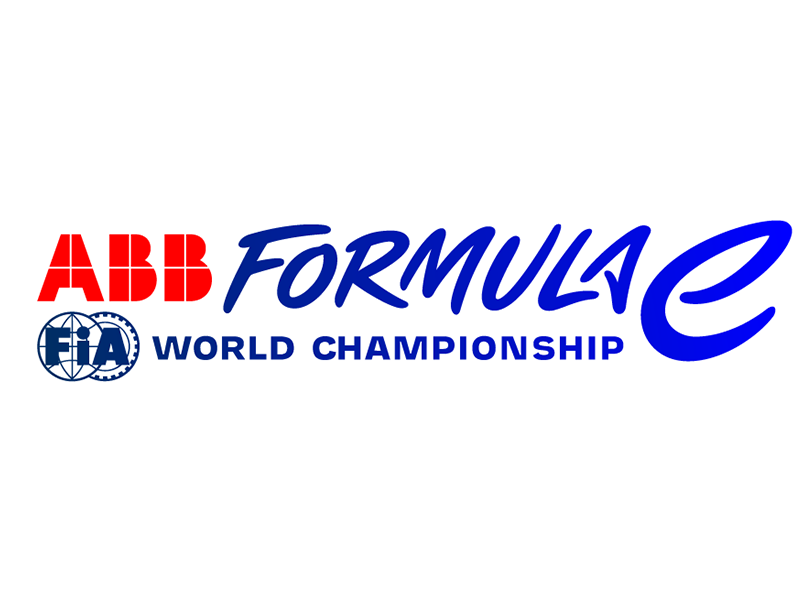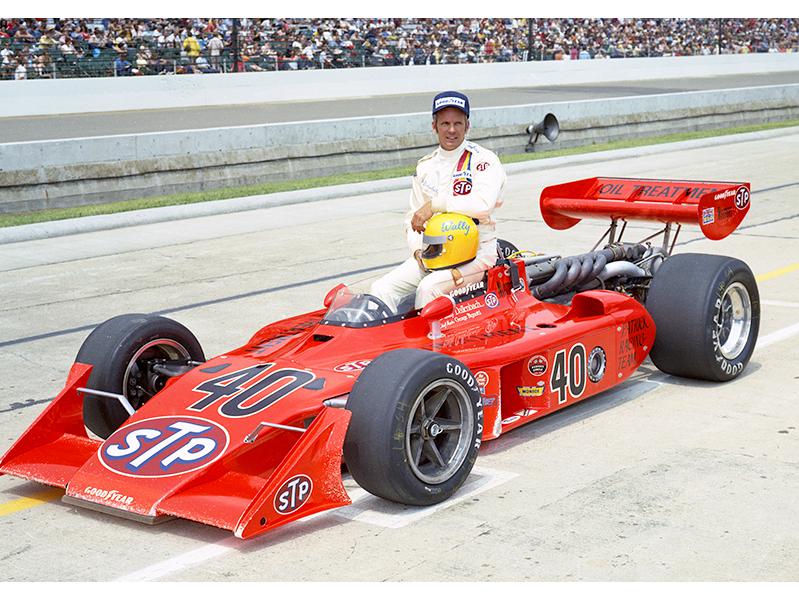New Driver Rating System, Pit And Paddock Regulations Announced For USCR

Driver Ratings
All drivers participating in the 2014 series resulting from the merger between the American Le Mans Series presented by Tequila Patrón (ALMS) and the GRAND-AM Rolex Sports Car Series will receive a driver rating from IMSA, with four driver classifications: Platinum, Gold, Silver and Bronze.
Teams competing in the Prototype (P) and GT Le Mans (GTLM) classes will not be restricted in terms of driver rating. In the Prototype Challenge (PC) and GT Daytona (GTD) classes, one Gold or Platinum driver for every race may pilot each car. However, in 24-hour events, a combination of two Gold or Platinum drivers may drive.
Every car must have a minimum of two and a maximum of three drivers – regardless of class – for every event, with the exception of 12-hour events – which will allow for a maximum of four drivers; 24-hour events will allow a maximum of five. Minimum and maximum drive times will be established per driver rating and event, with minimum drive times to be approximately 30 percent of the total event time.
IMSA’s driver rating system is based on guidelines established by the Fédération Internationale de l”Automobile (FIA) for international competition. The standard minimum age for drivers is 18. However, IMSA may allow younger drivers with significant driving experience to compete in United SportsCar Racing events.
Platinum drivers are defined as professionals under the age of 55 with experience and success at the highest levels of motorsport. Platinum drivers may have held FIA Super Licenses to race in Formula 1, are past overall winners of the 24 Hours of Le Mans, factory drivers or drivers who have finished inside the top five in internationally recognized championships such as the GRAND-AM Rolex Series DP class, the ALMS P1 or GT class, NASCAR Sprint Cup Series, NASCAR Nationwide Series, NASCAR Camping World Truck Series, FIA World Endurance Championship LMP1 and GTE Pro classes, Deutsche Tourenwagen Masters (DTM), IndyCar and CART/Champ Car among others.
Drivers with a Gold classification are those who meet the criteria of Platinum drivers but are between the ages of 55 and 59, or are professional or semi-professional drivers under the age of 55 who have successfully competed in various secondary international single-seater series, such as Indy Lights; national single-seater series, like Pro Mazda; or series organized by a manufacturer, such as Porsche.
Silver drivers are racers over the age of 60 who satisfy the criteria to be a Platinum driver, drivers over the age of 55 who would otherwise qualify as a Gold driver, or are amateur drivers under the age of 60 who have won races in a national championship or international series alongside a professional driver. Drivers who have won championships in series such as IMSA GT3 Cup Challenge by Yokohama, Lamborghini Super Trofeo or Ferrari Challenge would also qualify as Silver.
Bronze drivers are amateur racers who were over the age of 30 when their first racing license was issued, with little or no single-seater experience or without significant race experience. Drivers over the age of 60 who meet the criteria for the Silver category also qualify as Bronze.
In all cases, IMSA may consider drivers eligible in a certain category based on their performances and achievements, even if they have not met the specific criteria to qualify.
Pit Lane and Paddock Regulations/Procedures
Procedures and regulations for pit road in 2014 will combine the best and most efficient practices currently being utilized in ALMS and GRAND-AM.
Pit stops will include changing tires and adding fuel at the same time, with a maximum of six crew personnel and two wheel guns allowed over the wall at one time. All cars will use single-lug wheels. Pit fuel tanks must be permanently mounted to a trolley and not extend over the track surface side of the pit wall. All pit tanks will have a restrictor fitted at the filler end of the fuel hose.
Pit stalls will be a minimum of 22’ x 10’ on both the hot and cold sides of the pit wall. All structures must fit in that area and cannot be taller than 13 feet other than radio antenna masts. Firesuits will be required only on the “hot” side of the pit wall and for anybody handling fuel on pit lane, but are recommended for crew working on the cold side of the wall. In the paddock, each team gets a space with a total footprint of 90’ x 30’ per entered car, except in certain instances.
The space will be regulated, but teams will be allowed to construct temporary walls, utilize floor tiles, etc. within specific guidelines. The same space allocation applies to all classes, but space may vary based upon paddock configuration at certain circuits, such as street courses.
 MEMBERSHIP LOGIN
MEMBERSHIP LOGIN JOIN PRI
JOIN PRI


